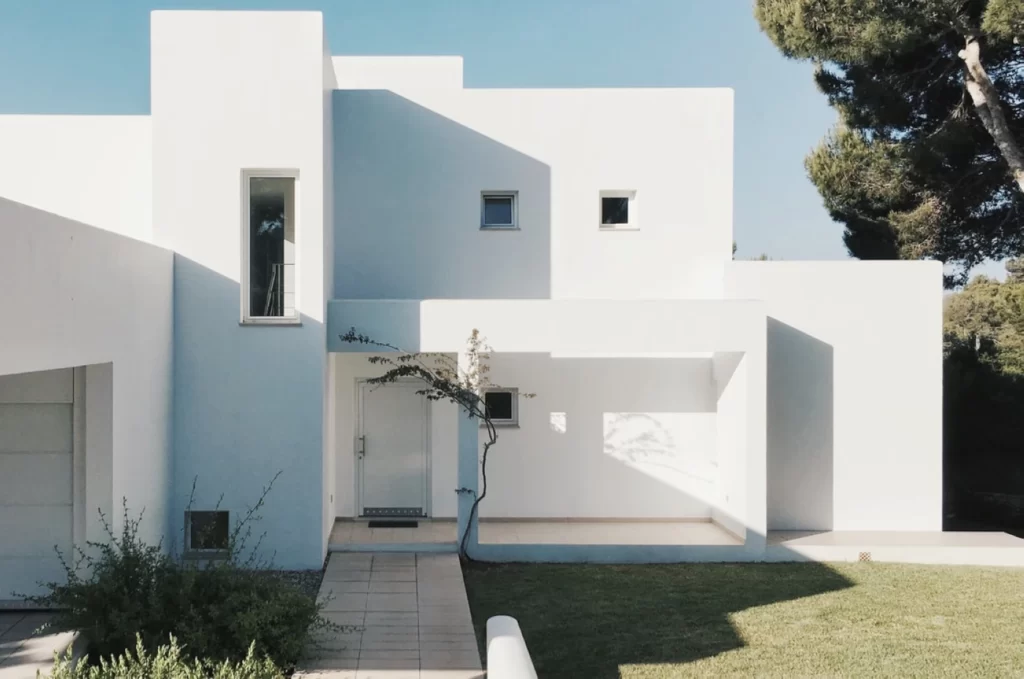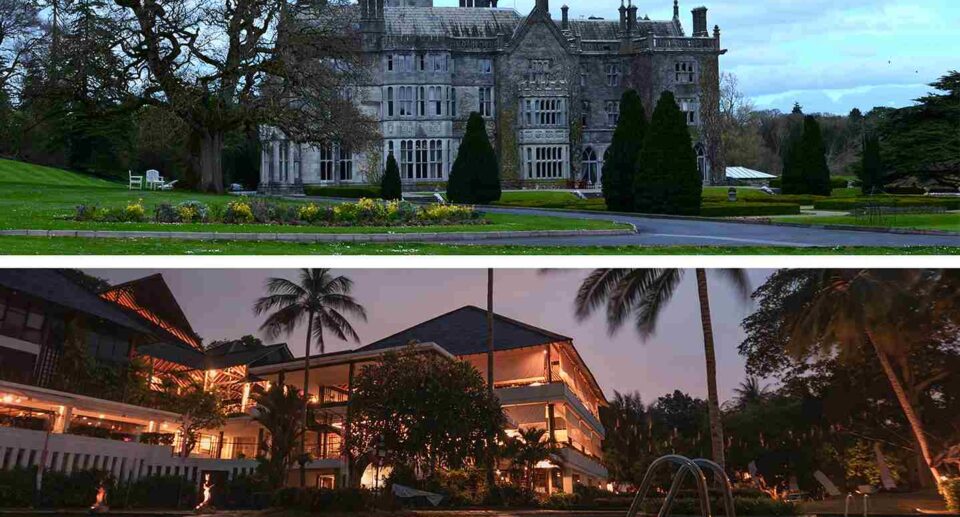
Have you ever wondered what the difference is between a manor and a mansion? The terms are often used interchangeably, but they refer to different types of grand homes with unique histories and characteristics. Let’s dive into the fascinating distinctions between the two!
Defining a Manor
A manor refers to a large estate, typically associated with feudalism, that historically included a manor house and the land surrounding it. During medieval times, the manor was the center of the lord’s estate and served as the administrative hub for the surrounding villages or farmland. The manor house itself was often a grand, sprawling building, but the term “manor” encompasses more than just the house, its the entire estate, including farmland, outbuildings, and sometimes even a village.
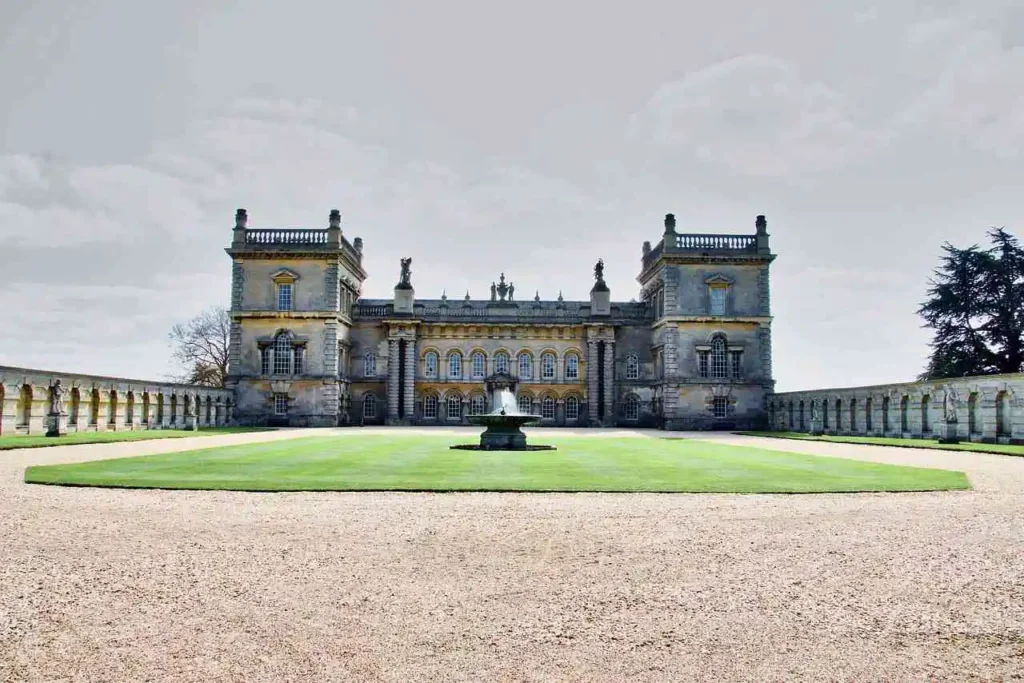
- History of Manors: Manors date back to the Middle Ages, when they were granted by the monarchy to noble families. The owner, often called a lord of the manor, would live in the manor house and govern the land and its inhabitants.
- Function: The manor wasn’t just a luxurious home; it was the core of a local economy. Villagers worked the land, paying taxes or rent to the lord in exchange for protection and a place to live.
In modern times, some manors still exist, though they are often updated for contemporary living. The term is more associated with historical estates, and manors often have centuries of history behind them.
Defining a Mansion
On the other hand, a mansion refers to a large, luxurious residential home that is typically owned by wealthy individuals. Mansions are designed to impress, showcasing the owner’s status, wealth, and taste. They can be found in urban, suburban, or rural areas and are characterized by their grandeur, spaciousness, and high-end features.

- Modern Luxury: Unlike manors, mansions don’t come with farmland or villages. They are purely residential and built for luxury living. Mansions often include multiple bedrooms, living spaces, entertainment rooms, and other opulent features like home theaters, swimming pools, and expansive gardens.
- Architecture and Design: Mansions are usually built with ornate designs, top-quality materials, and intricate detailing. The architecture can vary, but one thing remains constant: mansions are meant to stand out for their size and style.
Key Differences Between a Manor and a Mansion
1. Historical Context
The biggest difference lies in their historical origins. A manor has deep roots in the feudal system of medieval Europe, while a mansion is a term for any large, luxury home, regardless of its history.
- Manor: A manor was the focal point of a noble estate, typically tied to farming and community life. It represented a place of authority and governance over land and peasants.
- Mansion: Mansions, on the other hand, have no feudal obligations. They are purely residences built for affluent individuals, designed to showcase wealth and comfort.
2. Purpose and Functionality
A manor was part of a working estate, often encompassing farmland and sometimes a village. The manor house was the lord’s home and the administrative center of the estate. Meanwhile, mansions are large, comfortable homes, built exclusively for living in luxury, without the same economic or administrative function.
- Manor: Besides being a home, the manor was a base for managing land, collecting rent, and overseeing agricultural production.
- Mansion: Mansions are built for high-end living, typically with luxury features like gyms, pools, and tennis courts, but without the additional roles tied to agriculture or governance.
3. Size and Land
Another key difference is the amount of land associated with each. A manor usually comes with vast amounts of farmland or surrounding property, while a mansion is focused more on the house itself and the immediate grounds.
- Manor: Manors typically include acres of farmland, forests, and sometimes entire villages.
- Mansion: Mansions may sit on large properties, but the emphasis is on the house, which is the centerpiece of the estate.
4. Architectural Style
While both manors and mansions are large, luxurious buildings, their architectural styles often reflect their purpose and era.
- Manor: Manors often have traditional, older architectural styles, sometimes resembling castles or medieval homes and even plantation houses. They may feature turrets, large wooden beams, and other historical features.
- Mansion: Mansions tend to reflect the architectural styles of the era in which they were built, from colonial to modern. They emphasize grand designs with spacious interiors, fine details, and the latest in architectural trends.
5. Location
Manors were traditionally built in rural areas, surrounded by farmland. Mansions, however, can be found in both urban and rural settings.
- Manor: Located in the countryside, manors were often isolated, with entire communities centered around them.
- Mansion: Mansions can be found in various locations, including cities, suburbs, and even remote areas, but their purpose is more about luxury living than managing land.
6. Cultural Differences
The perception of manors and mansions varies globally. In the UK, the term “manor” often evokes a sense of tradition and history, while in the US, “mansion” may refer to any large, upscale home regardless of historical context. Understanding these cultural nuances adds depth to our appreciation of these magnificent structures.
7. Modern Usage and Examples
Today, many manors have been converted into hotels, museums, or event venues, preserving their historical significance while serving modern needs. For instance, the Hampton Court Palace in England was once a royal residence and is now a popular tourist attraction.
Mansions, on the other hand, often serve as private residences for the wealthy, such as the iconic Hearst Castle in California, known for its opulent design and expansive grounds. These modern examples highlight the ongoing allure and importance of both manors and mansions.
Do Manors Still Exist Today?
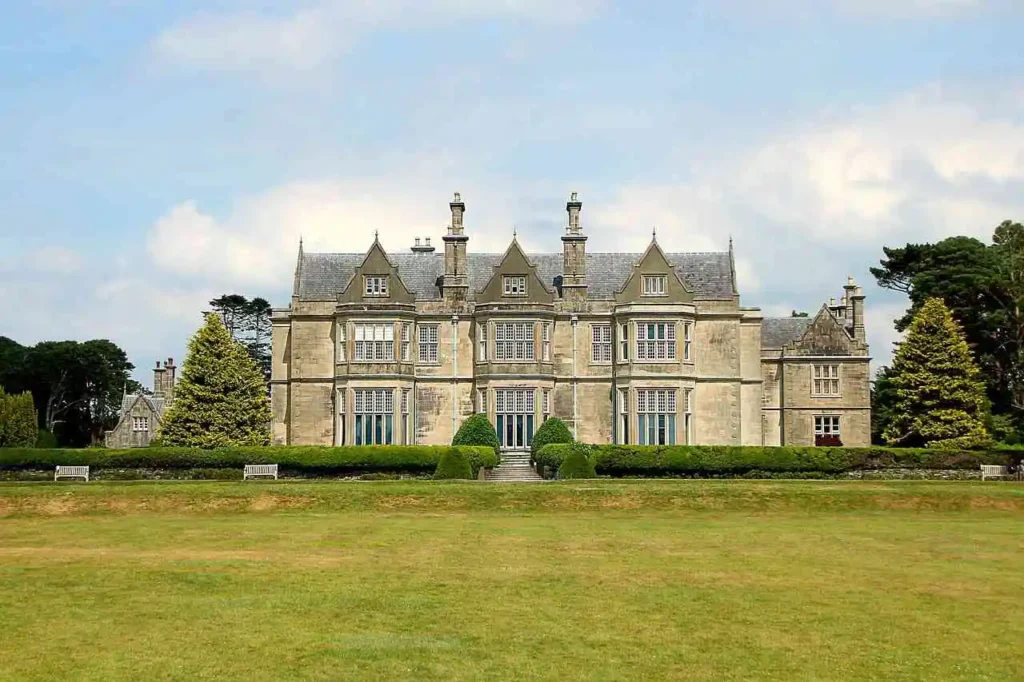
Yes, many historical manors still exist today. Some have been preserved as heritage sites, while others have been modernized and are still used as private residences. In some cases, these manors have been converted into hotels, museums, or event spaces, offering a glimpse into their rich history.
Modern-Day Mansions
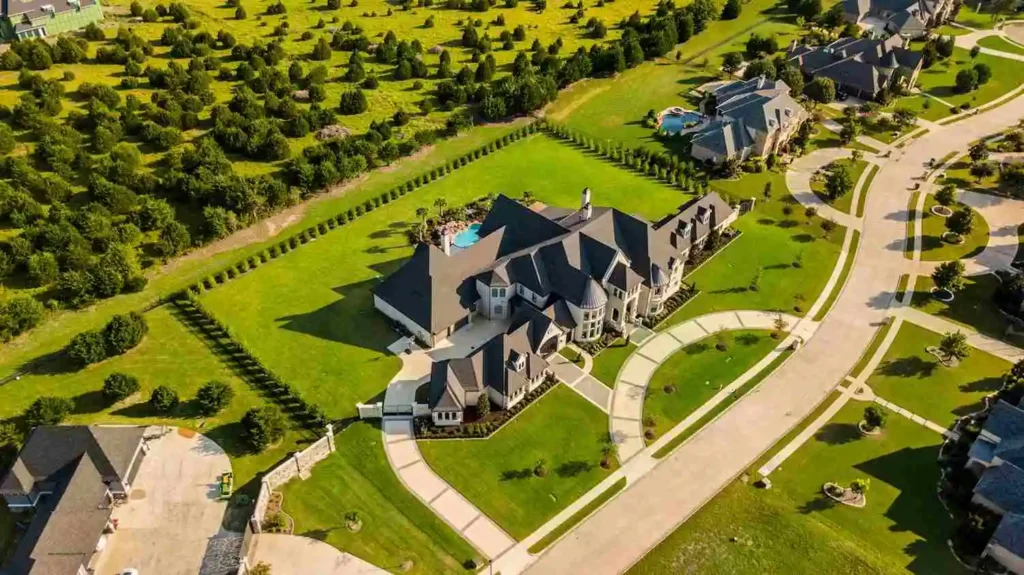
Mansions, on the other hand, are more commonly associated with modern luxury living. With the rise of wealthy individuals seeking privacy and space, mansions continue to be built across the world, from the bustling streets of Beverly Hills to serene countryside estates.
What About the Costs?
The cost of maintaining a manor can be quite high, especially given the large amount of land, historic features, and the upkeep of any agricultural or communal spaces. Mansions, while also expensive to maintain, focus more on the luxury features like pools, entertainment systems, and high-end landscaping.
- Manor: High maintenance costs due to the upkeep of extensive grounds and historical elements.
- Mansion: Expensive to maintain luxury amenities but typically smaller in scope compared to manors.
Frequently Asked Questions (FAQs)
Can a mansion be called a manor?
While both terms refer to large residences, a mansion typically emphasizes luxury and modernity, whereas a manor often has historical significance and may include agricultural land.
What are the typical sizes of manors vs. mansions?
Manors can vary widely in size, but they often encompass large estates. Mansions, however, are generally more spacious and can include multiple floors and extensive amenities.
Can a single property be classified as both a manor and a mansion?
Yes, a property can be referred to as both a manor and a mansion, especially if it has historical significance as a manor while also featuring the luxurious characteristics of a mansion. However, the usage may depend on the context in which it is discussed.
Conclusion: Manor vs. Mansion
In summary, the main difference between a manor and a mansion lies in their historical context and purpose. A manor is part of a larger estate, often tied to agriculture and the medieval feudal system, while a mansion is a large, luxurious residence designed purely for comfort and style.
Both are impressive in their own right, but a manor offers a sense of historical significance and land management, while a mansion focuses more on luxury, modern amenities, and showcasing wealth.
If you ever find yourself exploring estates or homes, knowing the difference between a manor and a mansion can give you a deeper appreciation of their histories and roles!







